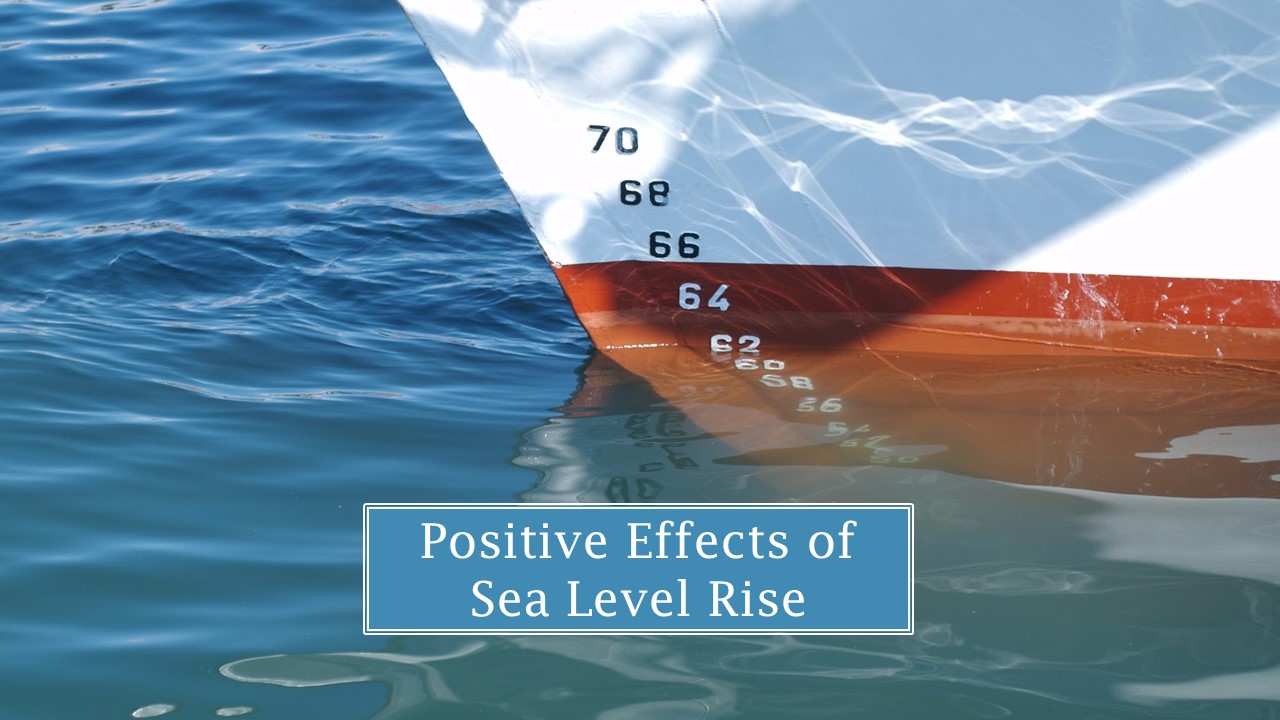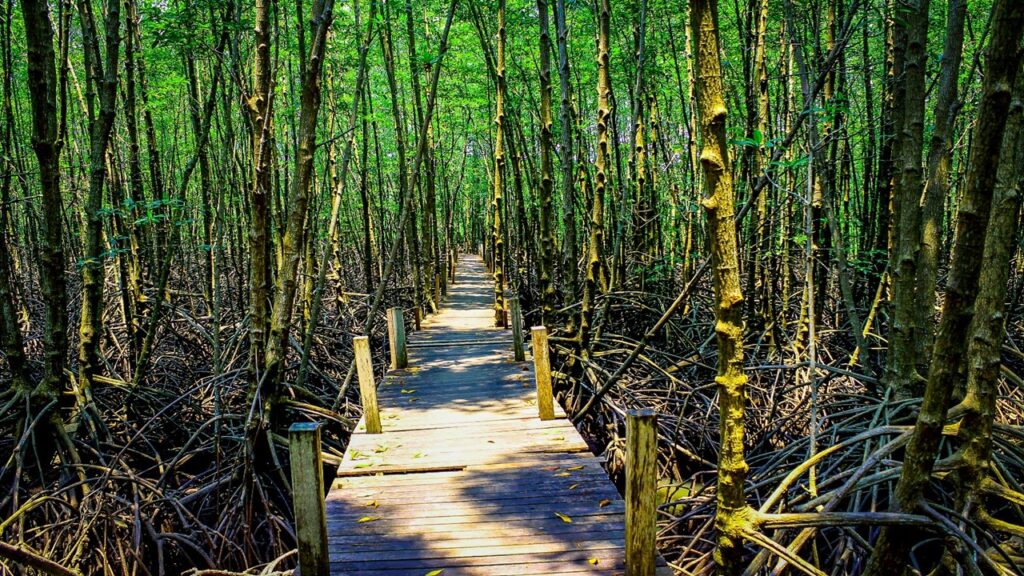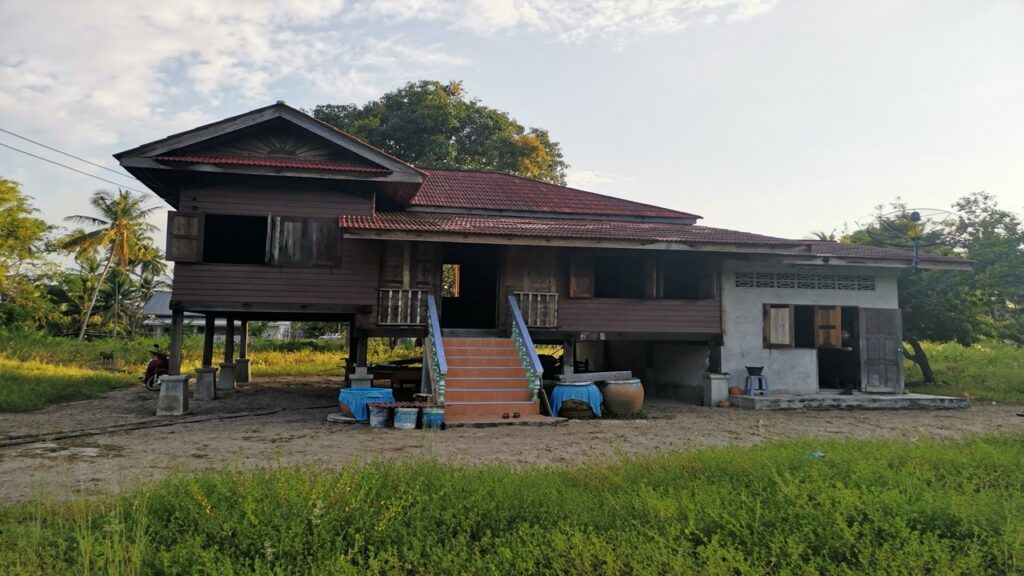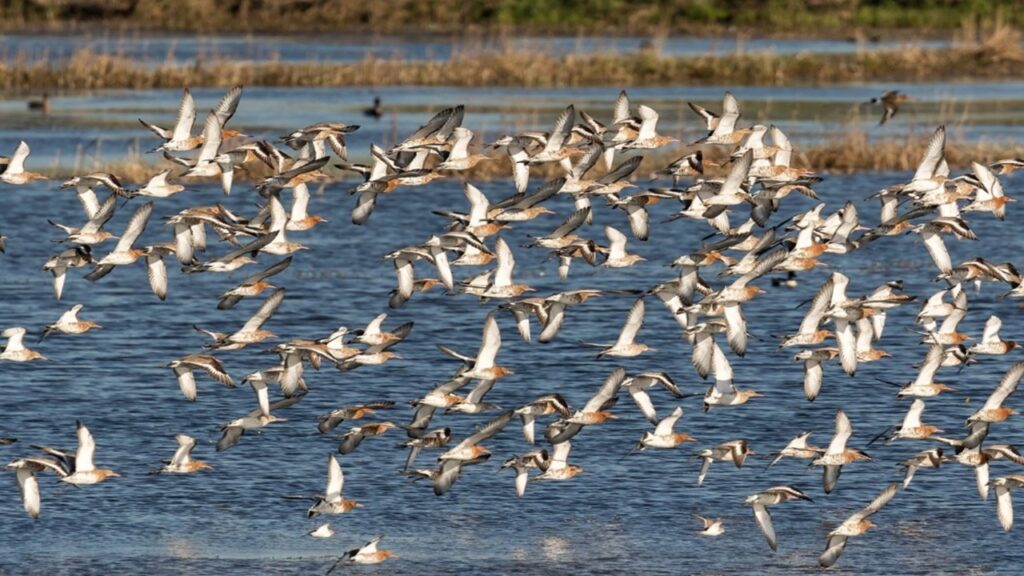Positive effects of sea-level rise

Sea level rise has been the centre of attention of many scientists in the past few decades. But since the IPCC released its Fourth Assessment Report in 2007, the interest rekindled. As it is, the sea level rose and fell a number of times throughout Earth’s history. There were times when the sea level was 400 m lower and 120 m higher than today’s level!
Sea level actually changes for many reasons and over varying spatial and time scales. Scientists estimate that there have been some 100 global fluctuations in sea levels over the geological time scale, with recurring swings of 50 m.
Rising sea levels
Today, we mainly associate sea level rise with anthropogenic climate change.
Scientists noted an increase in sea level since the mid-19th century with observations changing from 1.4 mm yr-1 in the early 1900s to 3.6 mm yr-1 in 2015. As we study the probable impacts of climate change, subsequent sea-level rise looks quite threatening.
According to the latest report of the IPCC, global sea levels will increase by 0.29 m and 1.1 m by the end of this century.
Positive effects of sea-level rise
Nevertheless, as Vaughan, one of the authors of the 2007 IPCC research, points out, rising sea levels will result in both winners and losers. Thus, while we concentrate mainly on the dangers of sea-level rise, some positive impacts will also come about.
1. More mangrove reforestation and afforestation against sea-level rise
One of the most important positive effects of sea-level rise is the increasing mangrove reforestation and afforestation projects.
Mangrove trees play a crucial role in absorbing wave energy from the ocean. For millennia they have protected coastlines against violent waves while stabilizing sediment.

Photo by icon0com from PxHere
Unfortunately, a pungent smell comes from mangrove forests and a large number of insects breed in them. Thus, regarded as useless and smelly, people have cleared mangrove forests in many regions around the world.
Mauritius exemplifies this situation. In 2003, mangroves covered an area of 2000 ha. A study in 2013 reveals that today, only 49 ha is left on the mainland. This is because, over the years, people removed large expanses of mangroves to build hotels and amenities.
Mangrove forest restoration
Today, due to the threat of rising sea levels, the situation is changing. From Brazil to Europe to Singapore, communities are actively taking part in planting mangrove trees.
Again on Mauritius, both the public and private sectors are engaging in mangrove reforestation and afforestation projects. One hotel, Le Preskil Island Resort planted 2,000 mangrove propagules at the Pointe D’Esny mangrove site. Similarly, the government of Mauritius states that 100,000 mangrove propagules will be planted over the period 2016-2020.
Mangrove forests are important carbon sinks
What’s more, mangrove forests are important carbon sinks and play an important role in climate change mitigation. Mangroves actually sequester some 14% of the total carbon in the world’s ocean though they cover only 0.5% of the total coastal ocean area [1].
When we rehabilitate such natural ecosystems, we also restore their natural services.
2. Restore coastal ecosystems
Similarly, we are restoring other protective, coastal ecosystems. They include coral reefs, seagrass meadows, sand dunes and oyster clumps.
Singapore, for instance, is consolidating its barrier islands to decrease the impacts of storm surges.
The United States is investing in oyster clumps to blunt the impacts of wave actions.
And interestingly, scientists are also studying the commonly known eelgrass, Zostera marina. It is a seagrass that grows tall like terrestrial grass and holds sediment firmly to the seafloor. Due to pollution and coastal degradation, we lost large covers of this seagrass. Today, scientists are working on ways to facilitate its settlement on the seafloor in order to cushion wave shocks.
3. Increase in biodiversity
In general, most marine species will be able to keep pace with sea-level rise [2]. What will happen is that most species might migrate towards the upper layers of the sea.
Some coral reefs may also find respite from fishing pressure as humans are forced to move from certain regions of the world, especially the low-lying atolls [3]. Consequently, biodiversity may flourish again in these regions.
4. Sea-level rise will moisten dry regions
Also, sea level rise will moisten areas that are naturally uplifting.
Land uplift is the vertical elevation of the land due to natural reasons such as tectonic processes. Thus, where land is lifting, the sea level is also going down.
Along the Kvarken Archipelago in Finland for instance, the islands are actually rising despite sea-level rise. This is happening because glaciers that are on the land are now melting.
Consequently, the coasts of such places may dry up. Hence rising sea levels could intervene and dampen them [4].
5. New housing structures businesses due to sea-level rise
Economically, sea-level rise will also benefit many businesses.
As it happens, we now need new structural and architectural measures to deal with coastal flooding. So, companies that offer risk-based technological support and services will profit in the long run.
To illustrate this, KRADLE Structural Lifting Systems is a business that invests in innovative structural designs. The company specializes in structures and lifts that can elevate houses and commercial structures during coastal flooding.
KRADLE operates in various parts of the United States and recently made negotiations with partners in New Zealand. As the rising sea gains more ground and causes more damage, KRADLE makes more money.

6. Sea-level rise naturally creates and enlarges estuaries
Increases the number of estuaries
Estuaries are amongst the most productive and resilient marine ecosystems in the world. They are also quite valuable both ecologically and economically. A number of creatures inhabit estuaries and they play an integral role in coastal food webs leading to humans.
Over the past ten thousand years, many estuaries have formed on the Earth. As the sea level now rises, it floods the lower parts of river valleys thus enlarging estuaries. With more estuaries, more creatures can survive such as the ‘Near Threatened’ Black-tailed godwit birds.

Regarded as ‘Near Threatened’, these birds breed mostly in estuaries
Photo by marliesplatvoet from needpix
Enlarges estuarine channels for navigation
In addition to this, boats sail in estuaries allowing commercial trading and land exploration. It is in fact through estuarine navigation that many countries have become accessible. Many cities like Jakarta, Tokyo and New York are located on estuaries where they act as gateways to continents.
As the sea level increases, tides and waves will propagate further inland thus enlarging and deepening estuaries and channels. In this way, we won’t have to mechanically dredge channels in the long run. And, as the process occurs naturally, we won’t affect benthos life.
7. Increased community engagement
As the threats of sea-level rise loom closer, community engagement to fight it is also rising. As it is, sea-level rise models are getting better. So, we can view the probable impacts of rising seas more accurately.
Hence, more of us are finding ways to reduce our carbon footprint in attempts to limit global warming and subsequent sea-level rise. Some are switching to renewable energy sources. Others are actively supporting climate change mitigation actions.
All in all, we are becoming more conscious of our actions. Therefore, we are doing what we can to combat the issue.
8. Sea-level rise creates new opportunities
One of the reasons why the sea level is rising is because ice in the northern hemisphere is melting. Since most of the Arctic sea is covered in ice, navigation is impossible in that region.
But, as the ice eventually melts, it is probable that by 2050, 125 days per year would be suitable for navigation.
At the same time, this will also permit oil and gas exploration in that zone.
What’s more, ecotourism will also shoot up for many destinations in the northern sea. For instance, Alaska, Canada and Norway are excellent spots for killer and grey whales’ sightings.
The good news about sea-level rise
So, although sea-level rise is bound to be catastrophic on certain matters, it will also be beneficial on others.
Currently, positive effects of sea-level rise include increasing mangrove reforestation and afforestation projects, restoration of coastal ecosystems, moistening uplifted areas, generating new investment opportunities, forming more estuaries and widening them, increasing community engagement and creating new opportunities like navigation, gas and oil exploration and ecotourism.
References
- Alongi, D.M., 2008. Mangrove forests: resilience, protection from tsunamis, and responses to global climate change. Estuarine, Coastal and Shelf Science, 76(1), pp.1-13.
- Harley, C.D., Randall Hughes, A., Hultgren, K.M., Miner, B.G., Sorte, C.J., Thornber, C.S., Rodriguez, L.F., Tomanek, L. and Williams, S.L., 2006, The impacts of climate change in coastal marine systems. Ecology letters, 9(2), pp.228-241.
- Brierley, A.S. and Kingsford, M.J., 2009. Impacts of climate change on marine organisms and ecosystems. Current biology, 19(14), pp.R602-R614.
- Buenfil-Lopez, L, Robollar-Plata, M., Munoz-Sevilla, N.P. and Juarez-Leon, B., 2012. Sea level rise and subsidence/uplift processes in the Mexica South Pacific Coast. Journal of Coastal Research, 28(5), pp. 1154-1164.
Category: Environment Tags: advantages of sea level rise, benefits of sea level rise, economic opportunities sea level rise, eelgrass Zostera marina, effects of sea level rise, effects of sea level rise on coastal population, facts sea level rise, how much will the sea level rise, impacts of sea level rise, importance of mangroves, KRADLE Structural Lifting Systems, Kvarken Archipelago uplift, mangrove planting mauritius, mangrove reforestation, Positive effects of sea level rise, sea level rise mauritius, sea level rise projections, uplifted regions drying out, what is causing sea level rise, why is sea level rise good, why sea level rise is important
One Comment on “Positive effects of sea-level rise”
Leave a Reply Cancel reply
Get News by Email!
Categories
Search
Find Us
contact[at]yonature[dot]com
Site Links
Secure Site
Get News by Email!
Copyright © 2025 · All Rights Reserved · Yo Nature
Theme: Natural Lite by Organic Themes · RSS Feed

Pingback: Volcanic Eruptions: Positive and Negative Effects - Yo Nature